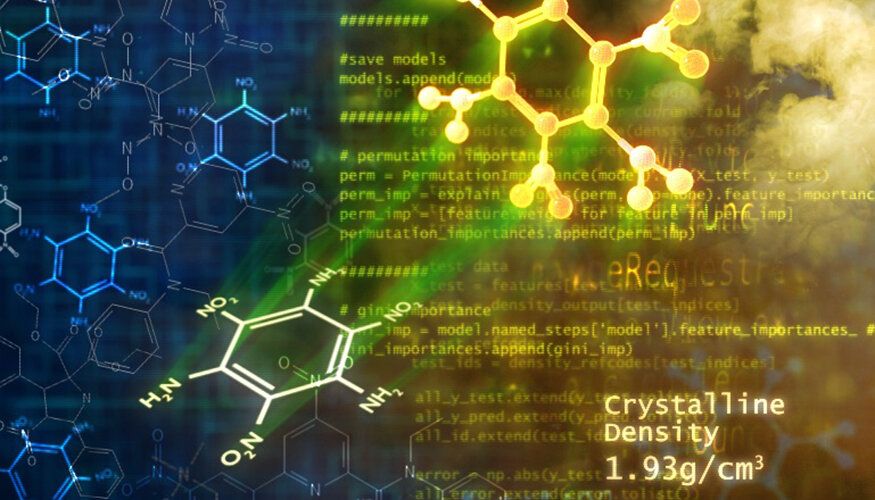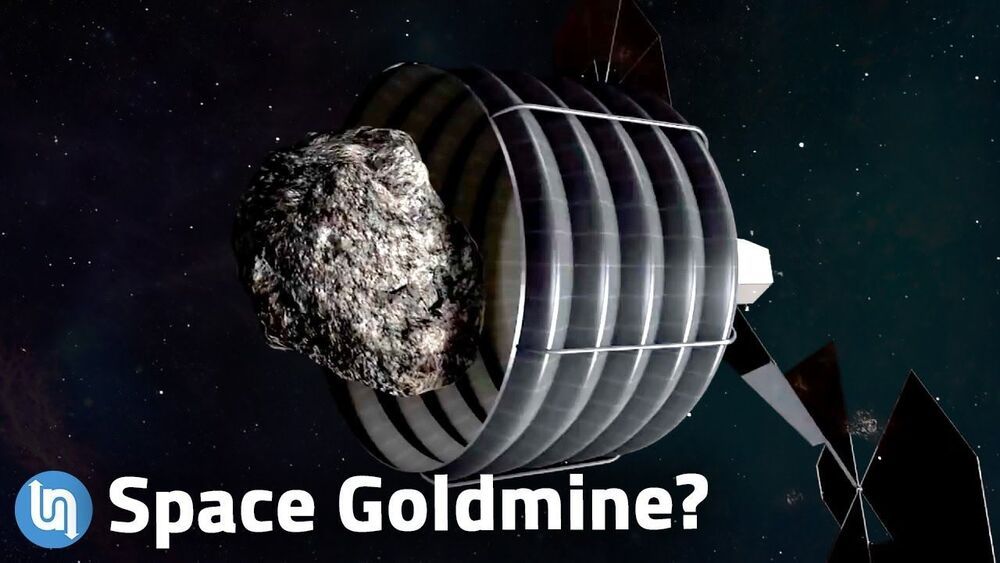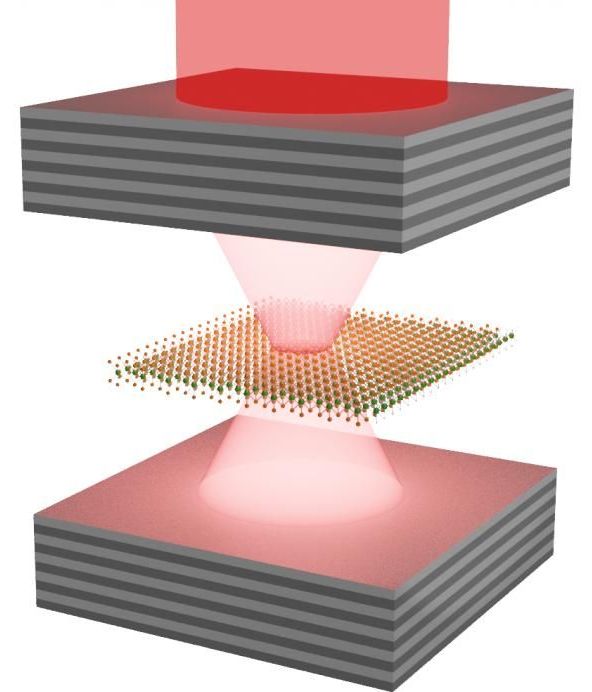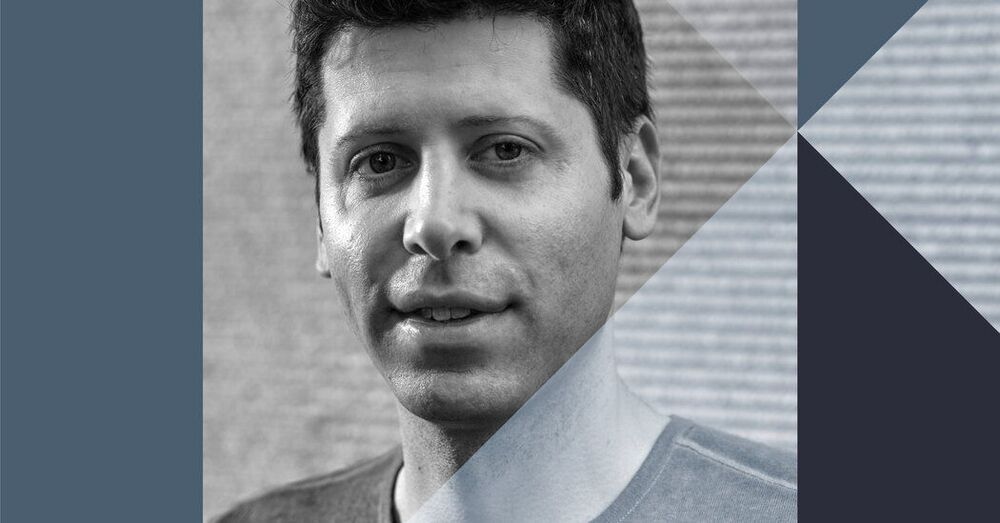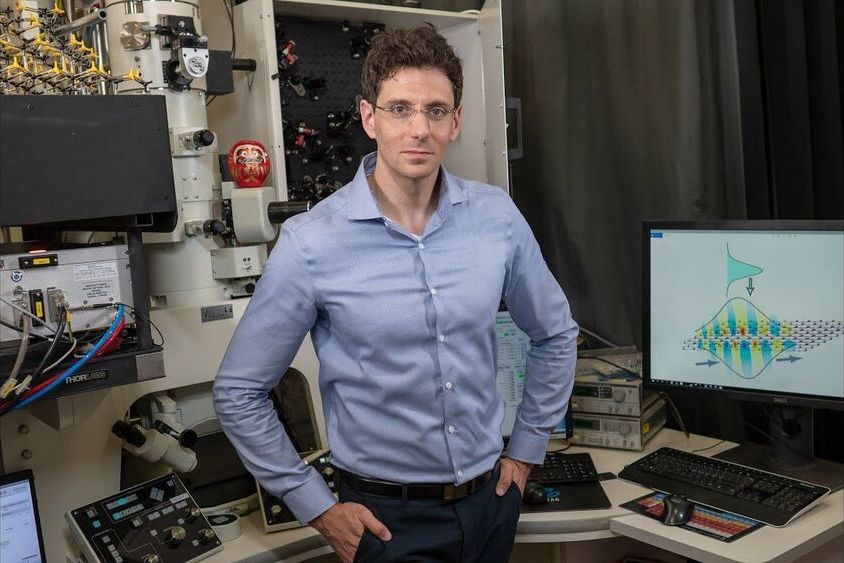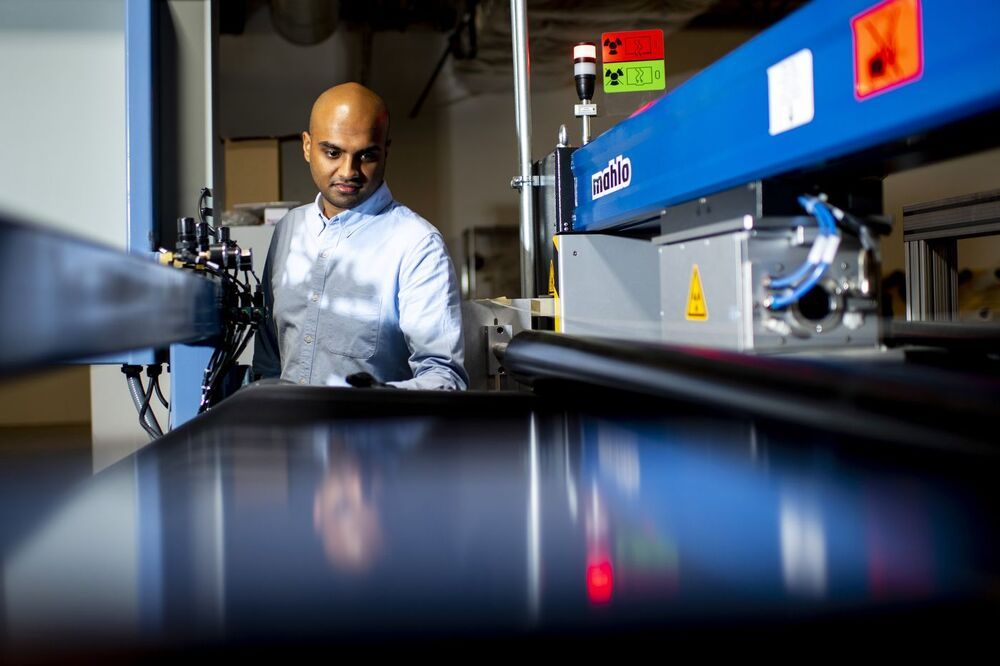Jun 13, 2021
Machine learning aids in materials design
Posted by Dan Kummer in categories: chemistry, food, robotics/AI
A long-held goal by chemists across many industries, including energy, pharmaceuticals, energetics, food additives and organic semiconductors, is to imagine the chemical structure of a new molecule and be able to predict how it will function for a desired application. In practice, this vision is difficult, often requiring extensive laboratory work to synthesize, isolate, purify and characterize newly designed molecules to obtain the desired information.
Recently, a team of Lawrence Livermore National Laboratory (LLNL) materials and computer scientists have brought this vision to fruition for energetic molecules by creating machine learning (ML) models that can predict molecules’ crystalline properties from their chemical structures alone, such as molecular density. Predicting crystal structure descriptors (rather than the entire crystal structure) offers an efficient method to infer a material’s properties, thus expediting materials design and discovery. The research appears in the Journal of Chemical Information and Modeling.
“One of the team’s most prominent ML models is capable of predicting the crystalline density of energetic and energetic-like molecules with a high degree of accuracy compared to previous ML-based methods,” said Phan Nguyen, LLNL applied mathematician and co-first author of the paper.
